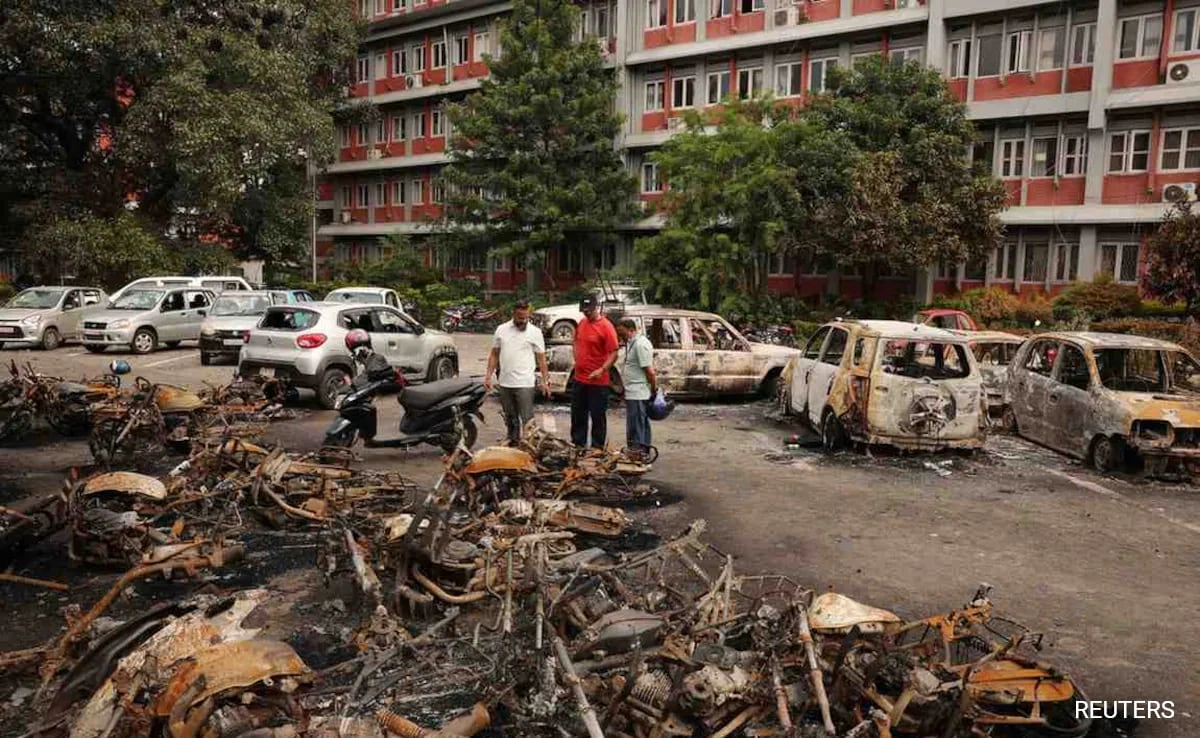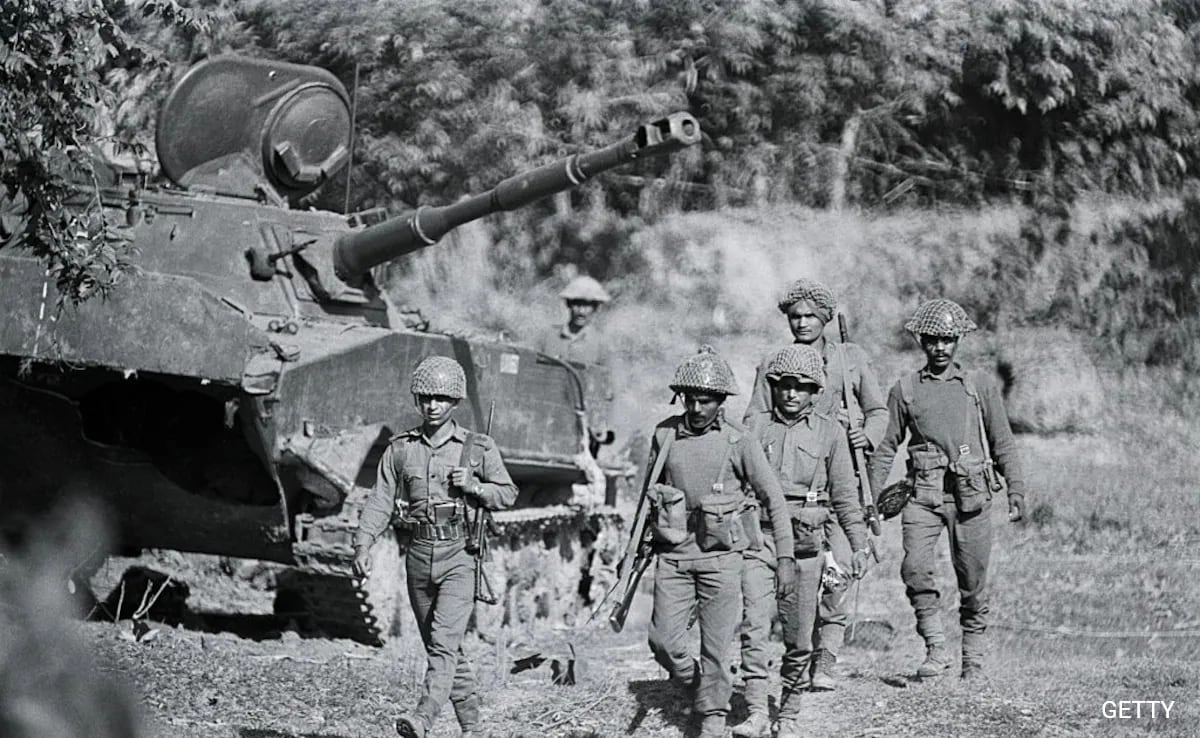Nepal is grappling with the aftermath of deadly protests that have left the nation in mourning and raised urgent questions about political stability and social cohesion. The demonstrations, which erupted in response to various socio-political grievances, escalated quickly, leading to violent clashes between protesters and security forces. As the dust settles, the country is now faced with the daunting task of assessing the human and economic costs of the unrest. The loss of lives during these protests has cast a long shadow over Nepal, igniting widespread grief and anger among the affected families and communities. Many are demanding accountability and justice for those who lost their lives, while others are calling for a deeper examination of the underlying issues that sparked the unrest.
The protests were fueled by a mix of political discontent and socioeconomic challenges, including widespread poverty, inequality, and perceived government inaction. Citizens took to the streets, expressing their frustrations over the lack of effective governance and the growing divide between the political elite and the general populace. The violent response from authorities has only intensified the situation, leading to a cycle of retaliatory actions that have further destabilized the region. As the government grapples with how to address the immediate fallout, questions about the effectiveness of law enforcement and the need for political reform are at the forefront of national discourse.
In addition to the human toll, the protests have had significant economic repercussions. Businesses have been shuttered, and tourism, a vital sector for Nepal, has been severely impacted as safety concerns mount. The government now faces the challenge of restoring stability and rebuilding trust with its citizens, who are increasingly disillusioned with the political process. The path forward requires not only addressing the immediate needs of those affected but also implementing long-term reforms to tackle the systemic issues that gave rise to the protests in the first place. As Nepal counts the cost of the recent unrest, it stands at a crossroads, with the potential for both transformation and further turmoil hanging in the balance.




